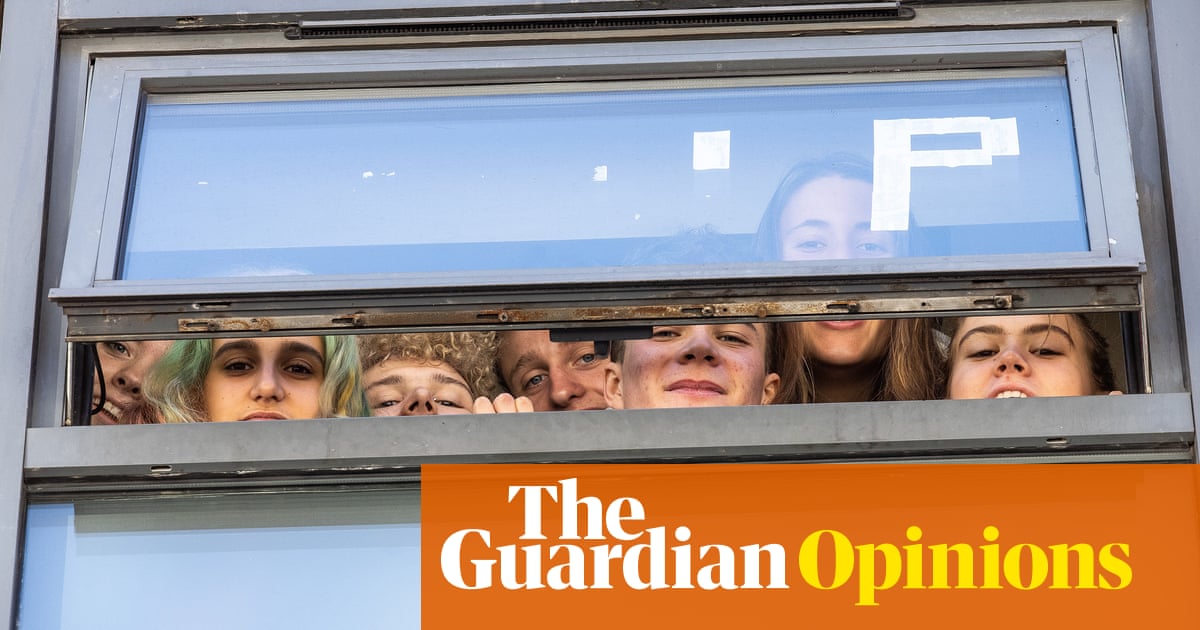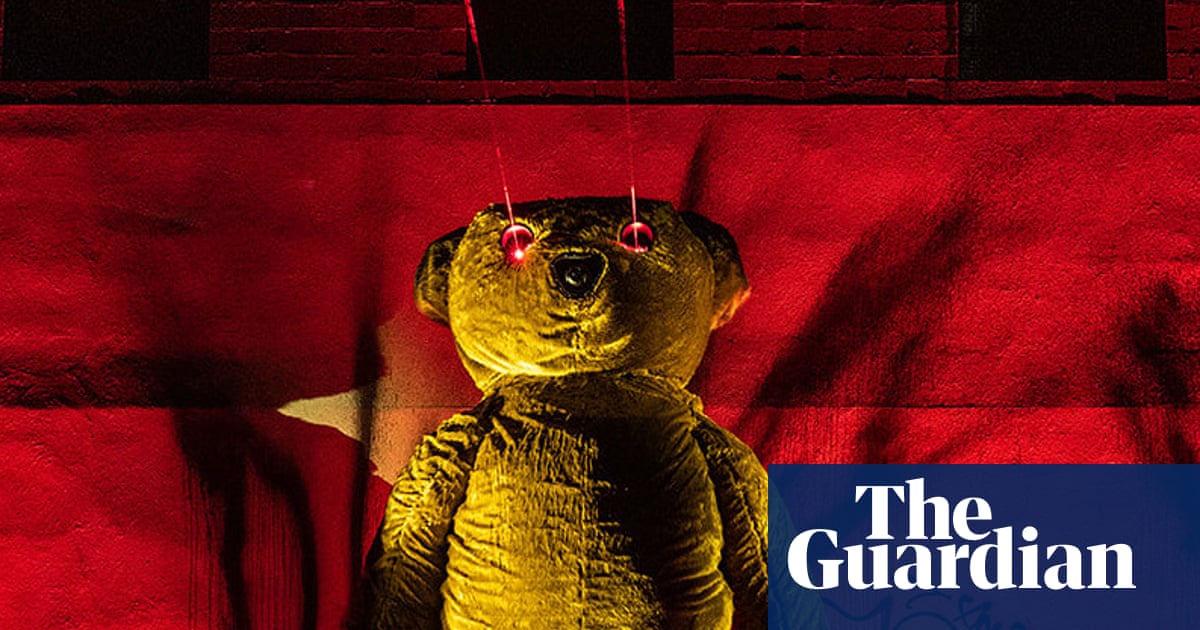
The dignified thing, if you have to read it at all, is to read it and move on without comment. But, bored at our desks and seeking distraction, most of us can’t find self-denial with both hands. I feel sheepish writing this; clearly some things are best left to Twitter, and it breaks that old rule of travel journalism: why spend time telling someone not to go somewhere they weren’t going anyway? Or in the case of Who Is the Bad Art Friend?, the jumbo piece that ran in the New York Times this week, delineating a scandal in a tiny corner of the book world and instantly blowing up social media: here are some people you’ve never heard of – and, guess what, they’re awful!
It happens every few months, somewhere or other, with a reliability approaching a new genre. Someone, usually working for a large media company, devotes considerable resources to excavating an obscure story of relatively low public interest. It may be organised around a local dispute, as in the huge New York magazine story of February about a woman in New York and her difficult tenant. It may feature a somewhat well known figure, as in the New Yorker’s investigation into the thriller writer Dan Mallory and his dubious claims about himself. Crucially, it must have no real implications beyond its own parameters, and a lot of “fancy that” energy, so that, over the course of the thousands of words spent unpicking the story, the reader may be simultaneously gripped and provoked to wonder: what am I doing with my life?
There is a further criterion, which Bad Art Friend thoroughly met this week, and which centres on the types of people involved. Ostensibly, in this case, the story hinges on an allegation of plagiarism made by an aspiring author, Dawn Dorland, who in 2018 accused her erstwhile friend Sonya Larson, a published author, of lifting phrases from a letter she wrote and putting them in her prize-winning short story. More broadly, Dorland alleged, Larson had pinched the outline of her life, primarily her decision to donate a kidney, and folded it into her fiction. There is no law about taking inspiration for fiction from the people around one, but it is, perhaps, impolite to fillet one’s friends’ and acquaintances’ lives without letting them know. (There’s a side debate about what constitutes “art”, and whether Larson’s defence of her work, which, in outline at least, appeared to have been fully triggered by the animus of despising someone, met that standard.)
That feeling of despising someone is at the heart of this and similar stories, and a large part of their appeal. If there is no clear-cut villain in Bad Art Friend, there is no hero, either, including the publisher of the story – the New York Times, many observed, has lost its marbles publishing this stuff at such length. And yet, as with other stories where the stakes are huge for the people involved, and close to zero in real-world terms, something about it was impossible to resist. Dorland v Larson pulled in a lot of unconvincing culture war stuff around “white saviourism”, the exercise of privilege, the bullying of a less successful writer by her more successful peer, and something that could just about credibly reach the level of interesting: Dorland evoked Larson’s scorn, in the first instance, by doing a laudable thing (donating a kidney), before attracting accusations of narcissism by banging on about it too much on Facebook. There is something exquisitely modern about this, the elevation of attitude over action as the primary marker of virtue.
Let’s not kid ourselves, however. Really, the thrill of this piece came down to a brilliant 11th-hour revelation in the form of a bunch of bitchy emails that turned up during the lawsuit, in which Larson and her friends really went to town on Dorland. This was its main appeal, for many readers, one that satisfied a need fanned by social media and taking in the bone-chilling horror of imagining what would happen if one’s own private texts and emails came out. The character outlines of those involved were familiar to most of us, too.
Everyone has had someone in their lives who attempted emotional grift, or who was needy, hostile, defensive, a nightmare, a borderline stalker, totally unhinged, and all the other words and phrases we use these days for the people who cross us. If the main takeaway is that none of us would survive if they subpoenaed our texts and emails, it’s also that hearing what others say about us behind our backs is not a superpower any of us should want.
Perhaps the only legitimate question, then, is: have we always been this mean or are we getting worse? If social media has externalised, and to some extent legitimised, our worst impulses, one assumes it’s the latter, although you can make a case that, like everything else, Bad Art Friend is just entertainment, a well-researched story about the business of being alive, in which our interest is no better or worse than in anything else. But probably, on balance, best not.
Emma Brockes is a Guardian columnist












